12 Interesting Facts About Packaging Waste and Disposal
Post-consumer packaging waste is a category of waste that few want to discuss. Though environmentally-sustainable packaging alternatives exist, most companies have maintained the mistaken belief that it is cheaper to keep going with the materials they are already using. Everything we know about packaging waste and the data around it tells us, to achieve a sustainable, eco-friendly future, change is necessary.
Below are the twelve facts about packaging waste that you need to know:
Fact #1: 78 million tons of packaging waste is produced every year.
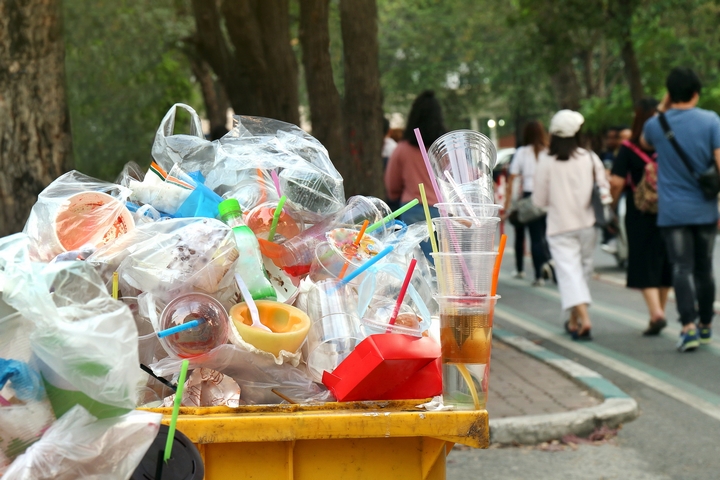
According to estimates provided in 2015, over 77.9 million tons of packaging waste is produced every year. When analyzed alongside total waste, packaging is responsible for half of global waste annually.
Fact #2: Half of packaging waste is recyclable.
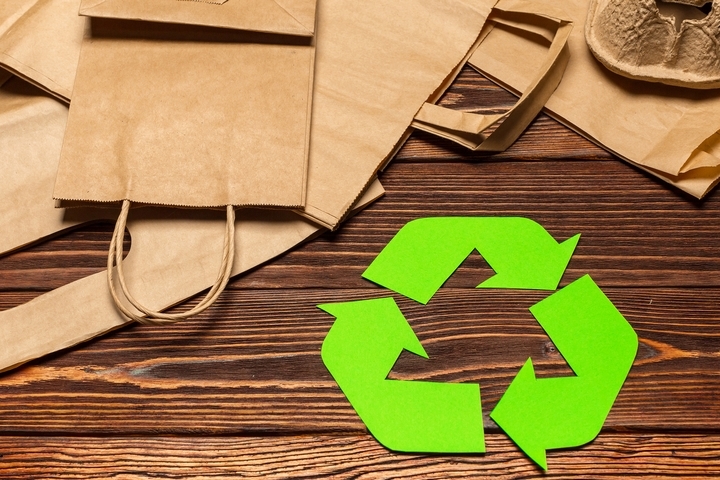
The rate of packaging waste recycling has been on in the increase in recent years. As of 2017, packaging waste that ends up in our recycling in North America tops at 51 percent. The combustion of packaging waste takes up 23 percent and landfills receive the remaining 26 percent.
Fact #3: Dozens of eco-friendly packaging types exist.
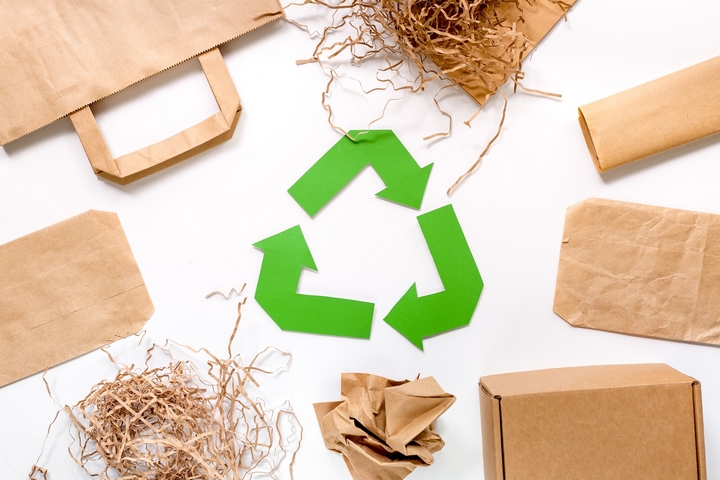
Every year, new packaging types are created, prototyped, and put into use. Dozens of environmentally-sustainable packaging types already exist, such as air pillows, mushroom packaging, seaweed packaging, and recycled cardboard and paper. Other popular eco friendly packaging options include aluminum, glass, plant-based packaging, and packaging made from combinations of organic materials.
Fact #4: Packaging waste is worse than cars for greenhouse gases.
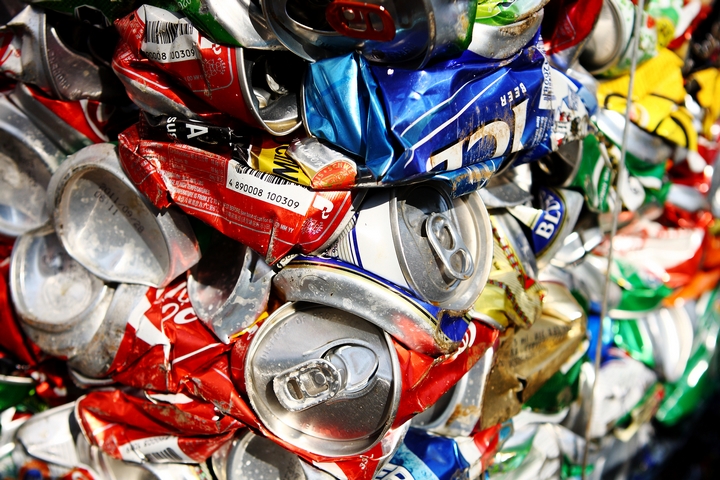
Cars are often portrayed unfavorably as major greenhouse gas producers. A recent study demonstrates how packaging may be even worse. Roughly 1.9 million tonnes of packaging waste produces the same amount of greenhouse gas as 860,000 cars. Every year, trillions of tonnes of packaging waste is produced worldwide. Packaging waste that goes unrecycled causes problems for wildlife and gets into our air, water, and soil. It’s a massive, massive issue.
Fact #5: 9.9 billion of plastic has been produced since the 1950s.
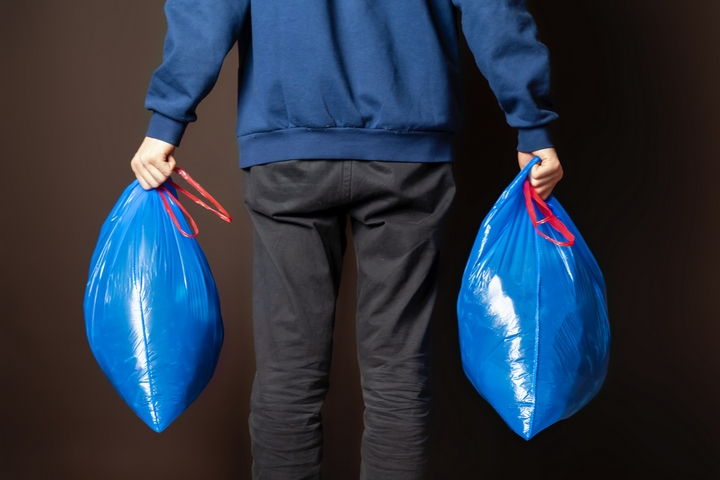
One of the facts about packaging waste is that plastic is the single worst type of non-recyclable packaging. It can barely be classified as biodegradable. Since the 1950s, more than 9.9 billion tons of plastic has been produced worldwide. A lot of this has been for packaging. Unfortunately, less than 9 percent has been recycled. The remaining 89 percent sits in our oceans, landfills, and streets.
Fact #6: 1 million plastic bottles are bought every minute.
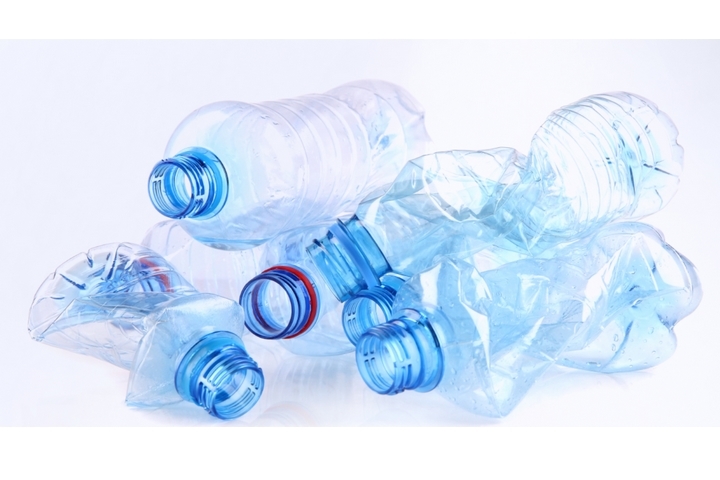
Worldwide, more than 1 million plastic bottles are bought every minute. This creates an unfortunate packaging waste dynamic where the already-produced waste is astronomically large and every minute, it is only being added to at an exorbitant amount.
Fact #7: Corrugated cardboard has the highest recycling rate.

Corrugated cardboard is the largest category of packaging waste in the world. Domestically, corrugated cardboard’s recycling rate is also the highest with an impressive 89 percent being recycled.
Fact #8: Aluminum has a 74% recycling rate.
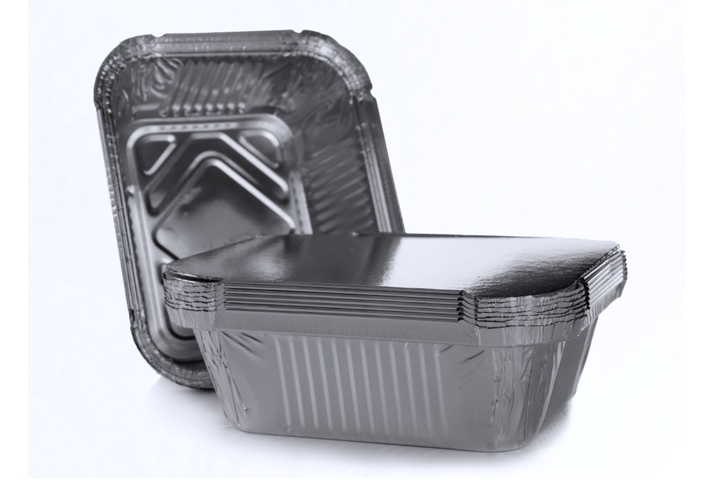
Of all packaging waste types, aluminum and steel have one of the highest recycling rates. Aluminum packaging boasts a recycling rate of 74 percent. Though this is certainly positive, roughly 22 percent of all aluminum and steel packaging waste continues to end up in landfills. No doubt, this marks a missed opportunity on a product that holds high value in the recycling marketplace.
Fact #9: Only 34% of glass is actually recycled.
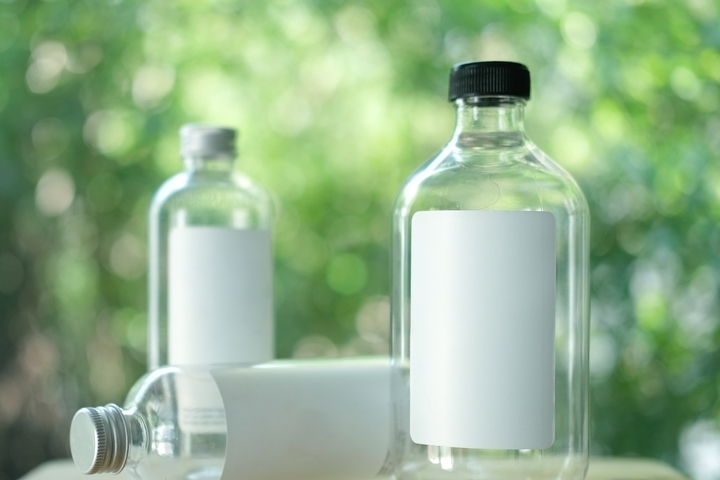
Glass packaging – such as that used in soft drink bottles, wine and liquor bottles, food jars, and cosmetics – is fully recyclable. Unfortunately, only 34 percent of glass is recycled. Over half of packaging made from glass is landfilled. This equates to throwing away millions of dollars of environmentally-sustainable product every year.
Fact #10: Zero waste packaging is gaining popularity.

Single-use disposable consumer packaging may very well one day be the product of a by-gone era. The Zero Waste movement continues to advocate for packaging that is reusable, biodegradable, and recyclable. More companies are moving towards multi-use packaging, disregarding the old ways and thereby reducing the amount of packaging waste they’re responsible for.
If the majority of packaging waste were to suddenly be diverted into reusable streams, energy savings alone would be incredible. By recycling a single plastic bottle, you can power a 60-watt light bulb for 3 hours. The amount of energy we invest annually into producing virgin packaging material is excessively damaging to our natural environment.
Fact #11: Profit is motivating a packaging waste culture.

Major opportunities exist to take packaging waste and create reuse systems from them. Converting global plastic packaging into a reusable model alone is estimated to be a multi-billion dollar business opportunity. Numerous categories of packaging waste exist that could be converted into long-term, sustainable systems and the entrepreneurs or companies who are successful in doing so will prove to be very profitable in the years to come.
Fact #12: Low-income countries are impacted by packaging waste.
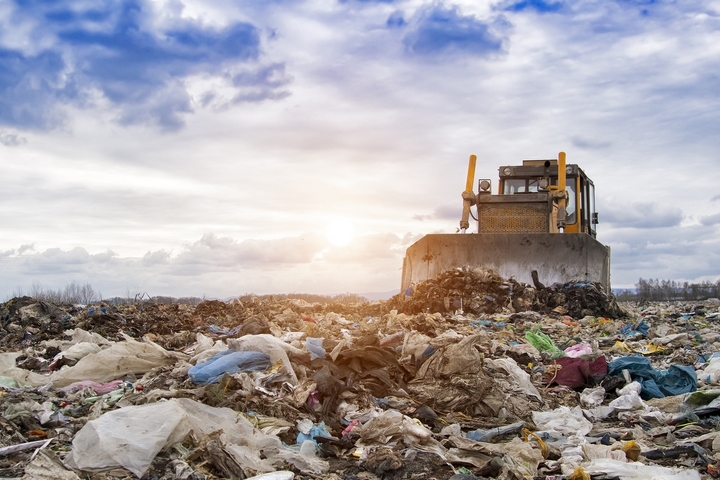
Low-income countries lack the resources to handle the waste they create as well as what’s brought to them by high-income countries. The United States, Canada, and other countries oftentimes send packaging waste to low-income regions of the world in an effort to rid the significant amount of waste we produce. To cut down on packaging waste would help reduce the strain on these low-income countries who already have extremely strained waste management systems.

